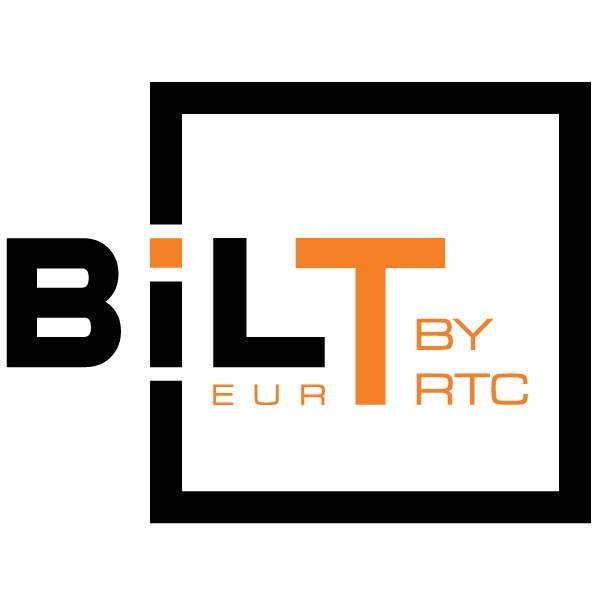BIM and Asset Data Management
If the data that we use is of poor quality and unreliable our decisions can cause problems

To make an intelligent decision we use data, logic, analytical processes. If the data that we use is of poor quality and unreliable our decisions can cause problems. The buildings and infrastructure are our most expensive and critical assets and we still manage them using guesswork and make decisions blindly, because facility data is not good. Recent maintenance problems at Atlanta Airport, London Airports, Washington DC metro, and other major venues have caused a lot of public frustration. Small to midsize facility owners lose a lot of money on inefficient facility operations and maintenance.
There are many reasons why asset data that is passed from design & construction to facility management is bad: no incentives for designers and builders to collect and document it in a better way, facility owner’s data standards either do not exist or lack proper structure, few think about life cycle benefits of asset data, but the most obvious reason is that data collection is pricey.
That is being changed by the introduction of BIM which makes the processes automated, repeatable, standardized, and by doing so makes the data collection more affordable and produces higher quality deliverables. The challenges remain: there is still no universal library of asset attributes, no standards for naming conventions, few FM professionals are familiar with BIM, and most of the “BIM modelers” are just CAD drafters who have purchased BIM authoring applications.
Fortunately, over the past 10 years many leading facility owners have implemented BIM-driven handover processes. COBie got mandated in several countries, BIM for FM books were written (i.e. IFMA’s “BIM for Facility Managers” in 2014), software tools like EcoDomus have been developed and time-proven. All major market surveys say that BIM-based Asset Data Management is going to be a standard within a few years. Not only are big markets like the United States and the United Kingdom pushing for BIM implementation: Singapore, Russia, United Arab Emirates, Australia and other countries are making Lifecycle BIM a priority.
The issues outlined below: standard attributes, naming conventions, use cases, etc. are easy to solve: we need to work together, across the countries, and we will see BIM-based Asset Data Management bringing huge benefits for any facility designer, builder, and especially owner.
Join us at this year’s BILT Europe in Ljubljana, Slovenia on October 11th to 13th for sessions such as Igor Starkov’s “BIM CDE and COBie for QC, Handover and Facility Management – Case Studies” and learn how we can work together and solve these issues!












